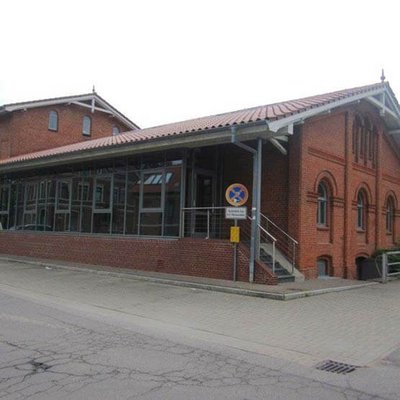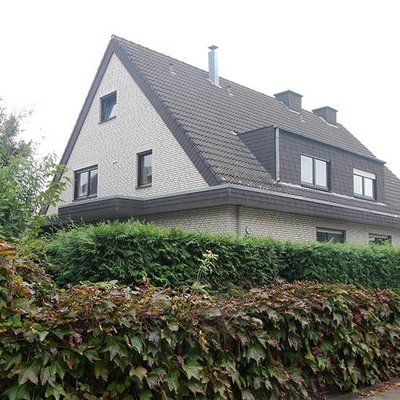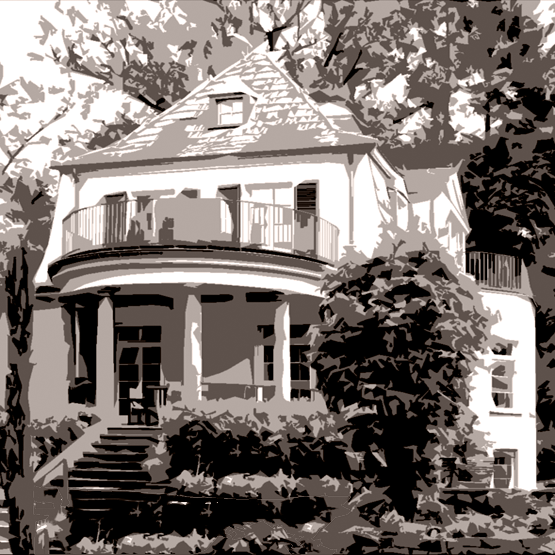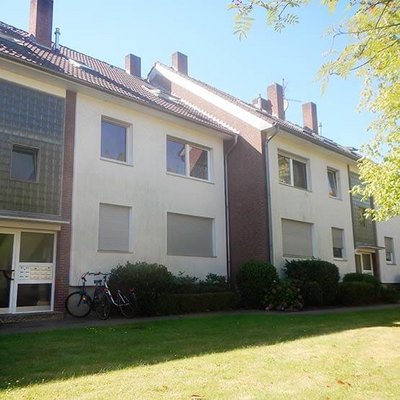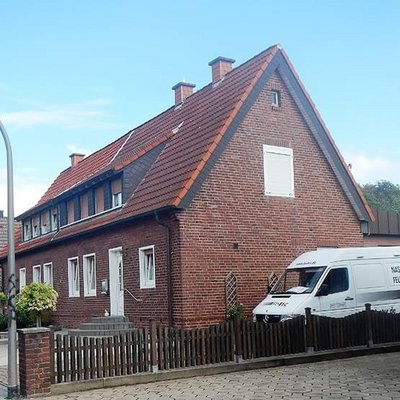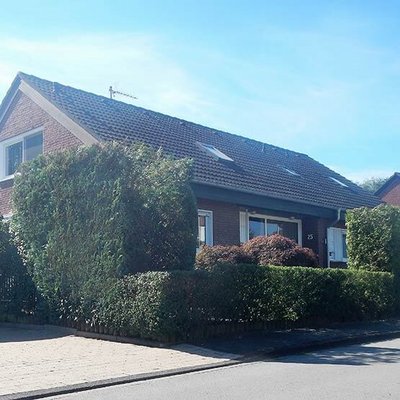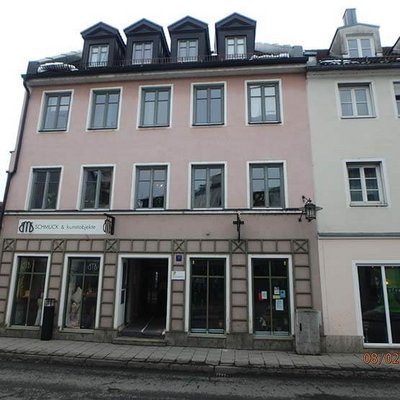- Sealing
Sealing buildings - ISOTEC sealing systems protect against humidity damage
When you find damp in the walls it’s important to act quickly in order to prevent further damage and minimise possible health risks. If you suspect there is humidity penetrating the building, you are advised to consult an ISOTEC expert as soon as possible, because it is only by using the most advanced technology and the help of a professional evaluation that the full extent of the damage can be assessed properly. Our specialist will then decide whether it’s better to insulate the masonry from the inside or the outside, and whether to use a horizontal barrier or a surface injection.
If the sealant is damaged or non existent, water will seep in and cause humidity problems. Often, the damage will only become visible many years later when the first signs of mould appear. It is quite common for cellars to smell vaguely of mould and feel humid, but excessive humidity in the masonry can be dangerous. The ISOTEC sealing measures provide lasting and sustainable insulation for buildings and help us feel comfortable and secure again.
Waterproofing from a professional - all systems at a glance

Paraffin, a very flowable wax, permanently blocks the pores of the masonry. Capillary moisture no longer has a chance. The procedure may only be carried out by our authorised ISOTEC specialist companies.
Horizontal barrier


If moisture enters the cellar from the side via the walls, the same damage mechanisms always set in. Our ISOTEC exterior waterproofing provides reliable protection against moisture penetrating from the side.
Exterior sealing


Particularly if the damp walls are not accessible from the outside, our professionally carried out interior waterproofing is a technically sensible
technically sensible alternative to sealing from the outside.
Interior sealing


In the case of a defective wall-sole connection (or joint) and cracks in concrete components, our ISOTEC flex tape system offers a long-term secure method to successfully seal the cracks and joints.
Crack injection/flexible tape


After the installation of a subsequent waterproofing, the drying phase of the masonry begins. Especially in older buildings, the drying of the remaining moisture is often associated with the efflorescence or crystallisation of the salts that are harmful to the building.
Restoration plaster

ISOTEC - Sealing systems that work
The consequence of missing or defective masonry sealing can come about fairly quickly: salt deposits, fungi damaging the wood, chipped plaster from frost and cracks in the foundation. As if these damages weren’t enough, there are also the subsequent health risks brought about by, for example, the spread of harmful microorganisms (mould, bacteria). In this way, not only is the health of the people living in the building compromised, but also the stability of the building’s structure. Not to mention the high heating costs that owners or tenants have to pay to compensate for heat loss through permanently damp walls. To escape this dilemma, there is only one way out: a professional masonry seal.
The main aim of sealing a building is to achieve balanced humidity levels whereby the wall doesn’t release moisture into the room. With the DIN 18533 "Structural waterproofing", a distinction is made between two ways in which water can affect the parts of a building that are in contact with the ground: soil moisture (non-pressured water) and underground water (with pressure). Our waterproofing systems are designed to deal with the existing water stress and thus effectively prevent the causes of moisture and mould damage.
Waterproofing the cellar
Walls in the basement in particular need good waterproofing. The masonry is exposed to damp soil or even water under pressure. With the right waterproofing, the cellar remains dry and can thus be used again. Since basement waterproofing can be attacked by moisture from several sides and in different ways, different waterproofing systems must be used to ensure comprehensive waterproofing and protection.
Effective basement waterproofing from the inside and outside is one of the most important prerequisites for ensuring that a building is spared moisture damage in the long term. A dry basement with a functional waterproofing system offers more possibilities for use.
The right sealing method for every cause
Every different cause of humidity requires a different sealing method. For the ISOTEC Horizontal Barrier, for example, a special paraffin is injected into the affected wall. There it forms a secure barrier which stops capillary humidity rising definitely. An absent or deficient horizontal barrier can cause continuous dampening of the walls. When humidity comes through the walls, it becomes necessary to seal the entire affected area of the house that is in contact with the ground. Our ISOTEC Exterior multi layered Sealant provides a safe method of waterproofing the external surface of the wall. another measure is to use interior sealing, which is a way of waterproofing without the need to excavate. The ISOTEC Crack Injection seals water-bearing cracks and leaks in concrete elements. In order to achieve this, a special resin is injected into the cracks in order to seal and waterproof them.





